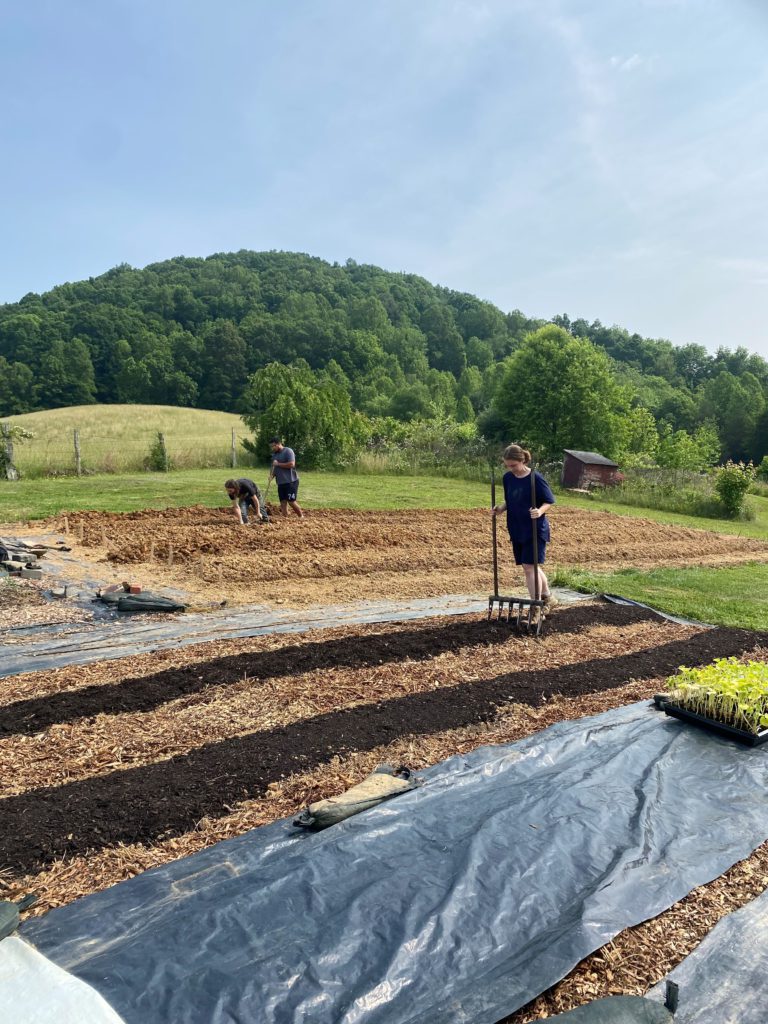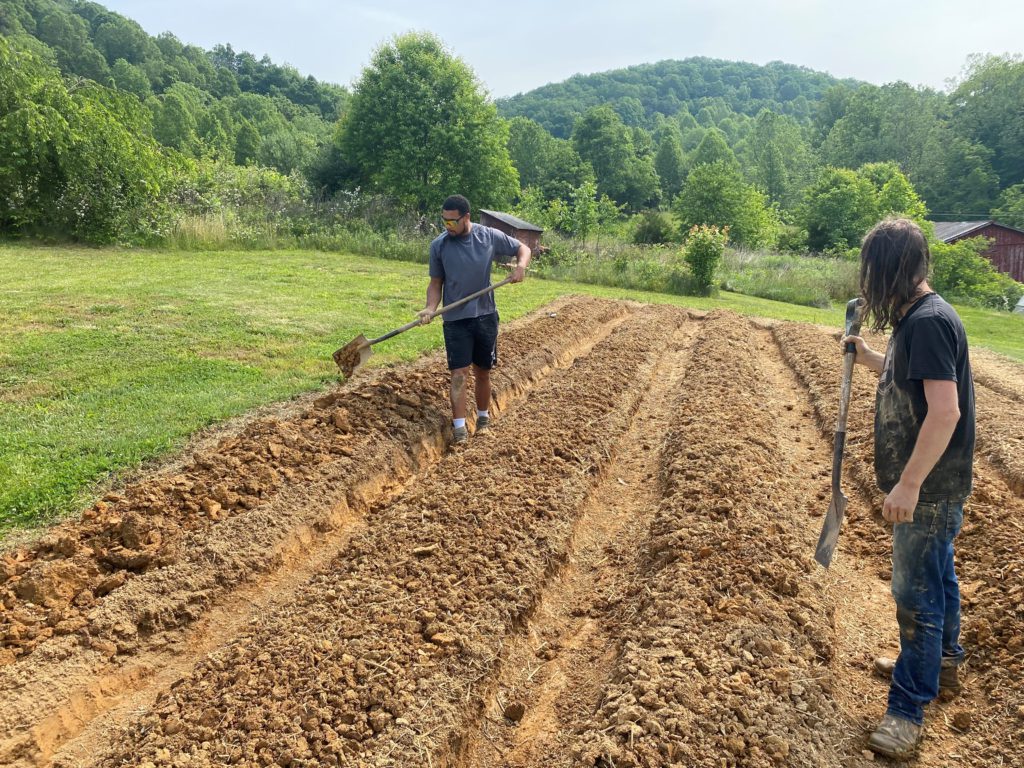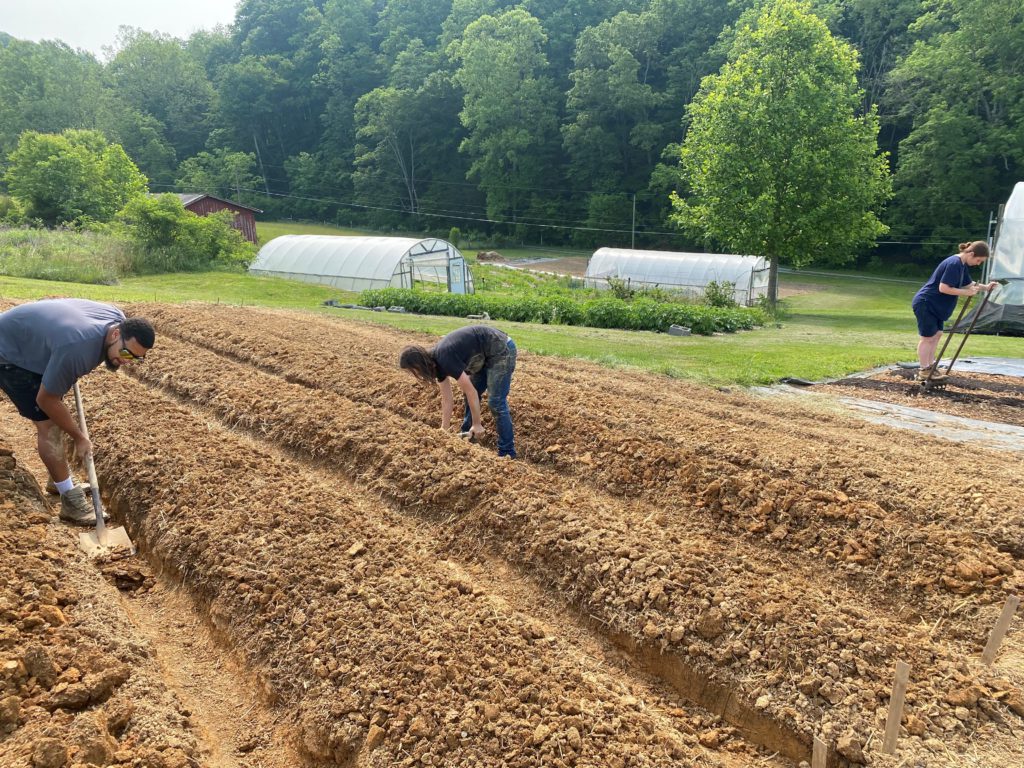All Natural Hard Work at Harvest Table Farm

All Natural Hard Work at Harvest Table Farm: Blogs From the FARM
Written by Sean Watkins, 2023 FARM Intern with Harvest Table Farm
Recently I undertook the new and exciting opportunity to be an apprentice at the Harvest Table Farm! The Harvest Table Farm is a certified all-natural farm as you know, so things are a bit different when compared to a conventional farm and that comes with a bit of a learning curve. So far, I have done harvesting, weeding, built raised beds, and cleaned/processed fresh produce.
The harvesting I’ve done has actually been quite complicated at times and detailed to ensure that the produce meets quality standards. So far, I have harvested Rainbow Chards, Collards, Asparagus, Kale, and Carrots. Each harvest came with its own stipulations and details to follow; these small differences in harvesting techniques are set in place for the plant’s health and for the farm’s benefit. For example, the Rainbow Chard harvest consists of cutting the outer leaves near the base (that are correct in size), leaving the inner leaves so the plant can survive and continue to produce.
I also spent three consecutive days building brand new raised beds along with the whole team that lives on the farm, with other volunteers supplementing their time and resources. Firstly, building the raised beds consisted of picking a good location that would receive full sun and would have the desired water content. Second, you measure out your bed length and width along with the dual use walkways (walkways hold water). Third, you dig the walkways out and use the loose dirt for the raised bed (harder than it seems). Fourth, you fill the walkways with mulch and broad fork the beds, then you’re ready.


I have spent a good amount of time processing produce and find it quite interesting. The Harvest Table Farm is very specific about dunking their produce in chilled water and refrigerating it within fifteen minutes. Dunking the veggies and other produce into chilled water cools down the produce and prevents it from wilting/ degrading so that the customers receive the freshest produce possible. The dunking of the produce consists of three bins that are filled with cold water, these three not only chill the produce but clean them without unnecessary cleaners. (Cleaners are not needed because they do not use pesticides)